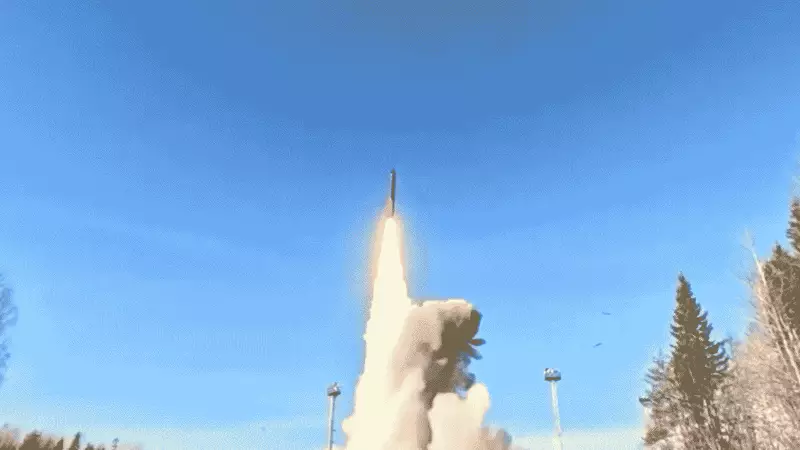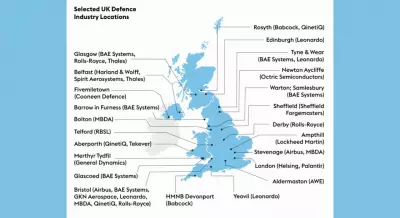
In a development that has sent shockwaves through global defence circles, Russia has reportedly deployed a new hypersonic missile that defence experts are calling virtually undetectable and unstoppable. The Zircon cruise missile represents a quantum leap in weapons technology that could potentially change the balance of military power worldwide.
What Makes the Zircon Missile So Dangerous?
The Zircon hypersonic cruise missile travels at an astonishing speed of Mach 9 - approximately 11,000 kilometres per hour. At this velocity, it could theoretically cover the distance between Moscow and London in less than 10 minutes. But speed isn't its only advantage.
Key capabilities that make the Zircon a game-changer:
- Hypersonic speed: Travels at 9 times the speed of sound, leaving minimal reaction time for defence systems
- Maneuverability: Can change course mid-flight, making interception nearly impossible
- Low altitude flight: Flies close to the Earth's surface, evading radar detection
- Nuclear capability: Can be equipped with conventional or nuclear warheads
The Technology Behind the 'Invisible' Missile
What truly sets the Zircon apart is its revolutionary propulsion system. Unlike traditional ballistic missiles that follow a predictable arc, the Zircon uses a scramjet engine that allows it to maintain hypersonic speeds while flying at low altitudes. This combination of speed and low-altitude capability makes it virtually invisible to existing radar systems.
During testing, the missile demonstrated its capability to hit both sea and land targets with pinpoint accuracy. Russian President Vladimir Putin has described the Zircon as part of a new generation of weapon systems without equal in the world.
Global Implications and Defence Challenges
The deployment of such advanced hypersonic weapons raises serious questions about the effectiveness of current global defence systems. Major military powers including the United States, China, and India are racing to develop countermeasures, but experts suggest existing technology may be inadequate against this new threat.
"The Zircon represents a fundamental shift in warfare technology," explains a defence analyst. "We're looking at a weapon that can strike anywhere in the world with minimal warning, potentially bypassing all existing defence networks."
The missile's deployment comes amid escalating tensions between Russia and Western powers, particularly in the context of the ongoing conflict in Ukraine. Military strategists are now forced to reconsider defence postures and develop new technologies to counter this emerging threat.
The Future of Hypersonic Warfare
As Russia continues to modernize its arsenal with weapons like the Zircon, other nations are accelerating their own hypersonic programs. The United States, China, and several European countries are investing heavily in similar technology, suggesting that hypersonic weapons will likely define the next generation of military capability.
The emergence of these weapons underscores the urgent need for international dialogue on arms control and the development of new defensive technologies. As one military expert noted, "The rules of warfare are changing faster than our ability to defend against them."





